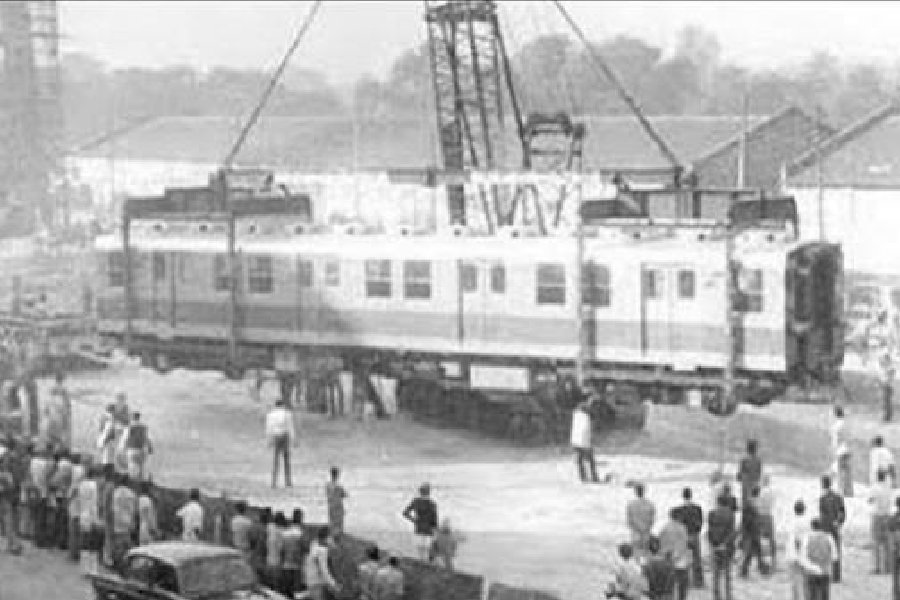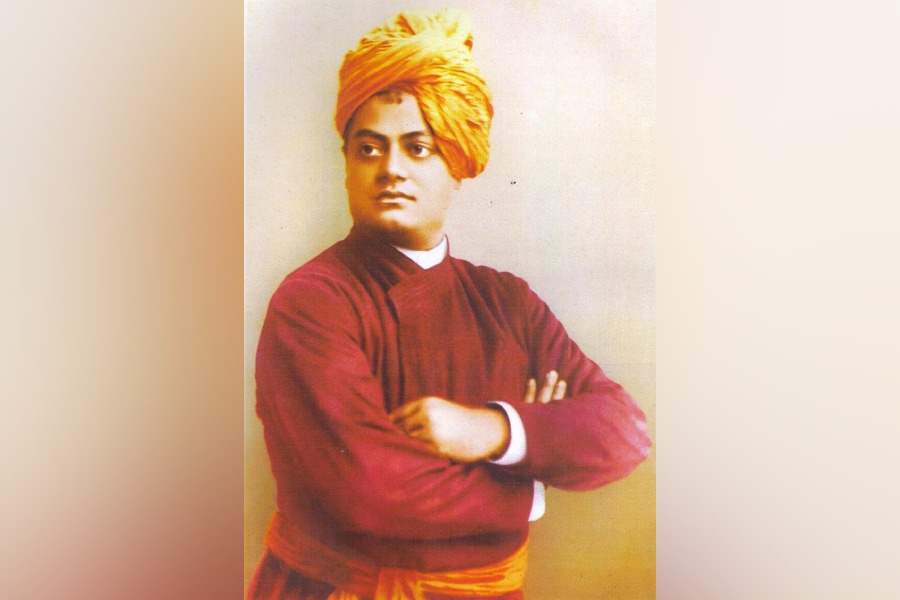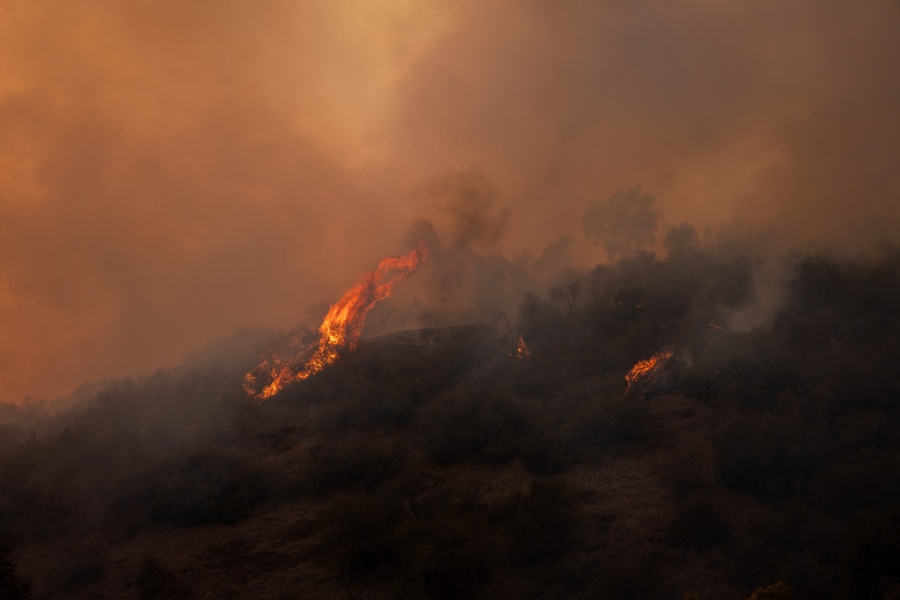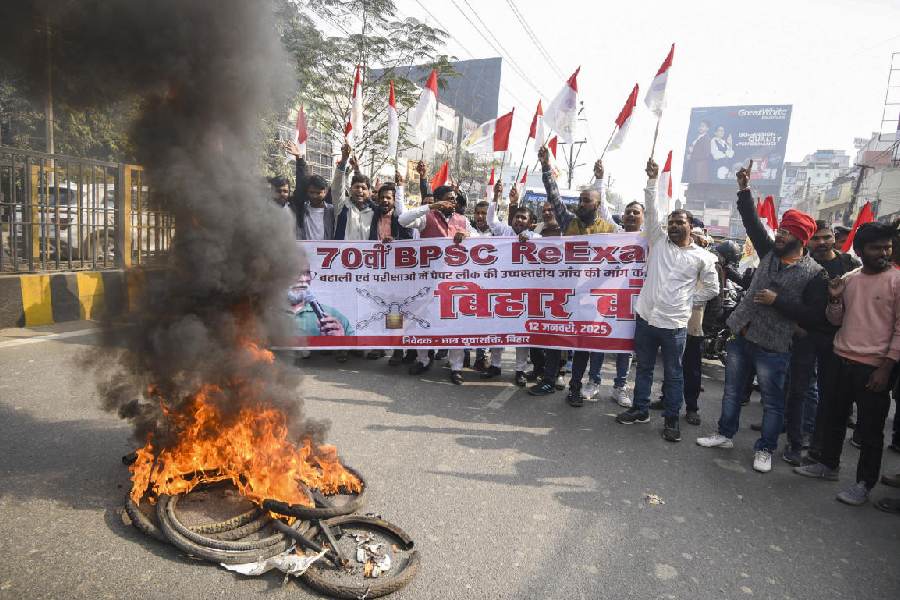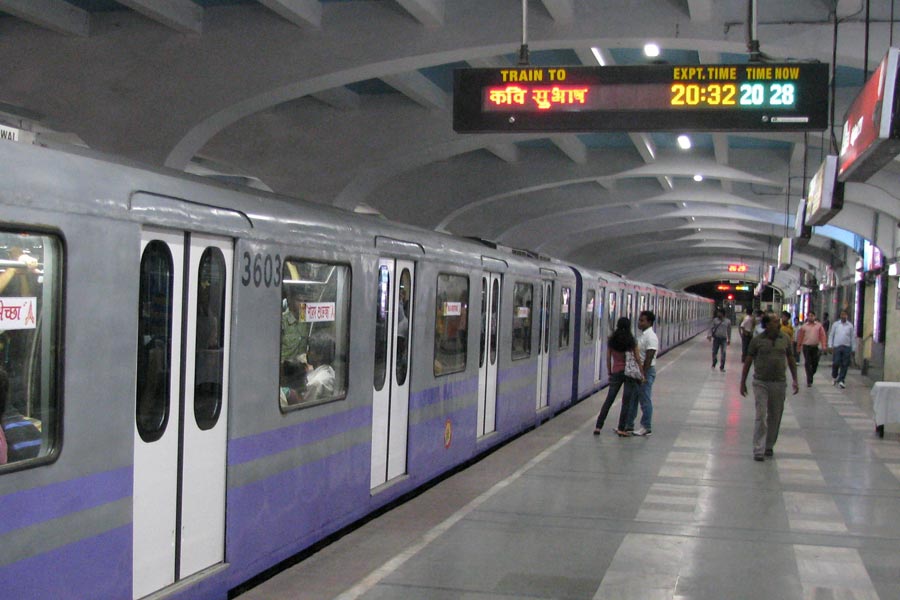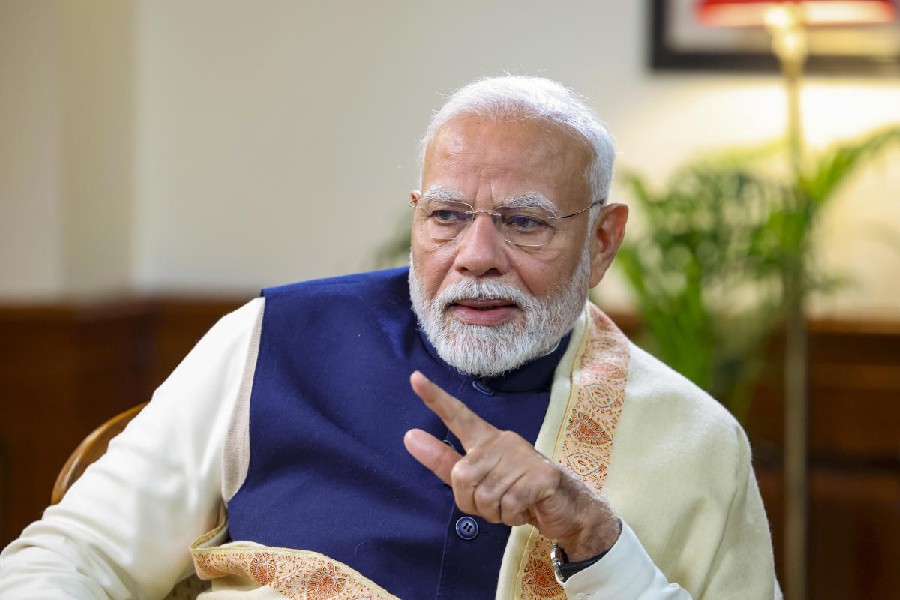Metro Railway, India’s first such carrier and often billed as Calcutta’s transport lifeline, is turning 40 later this month.
On October 24, 1984, Metro’s first commercial run was between Esplanade and Bhowanipore. The distance was 3.4km.
Bhowanipore has since been rechristened Netaji Bhavan. The distance covered by Metro Railway is now around 60km across four operational corridors, including one with a stretch under the Hooghly.
Metros in other cities — Delhi, for example — began much after Calcutta but have expanded at a faster rate.
Calcutta is the only city where the Metro is run completely by the railways, a system that urban transportation professionals feel must change for safety and services to improve. But the Metro in Calcutta is still the most trusted mode of transport for hundreds of thousands of people.
The foundation stone of Metro Railway was laid on December 29, 1972.
“Indira Gandhi, the then Prime Minister, wanted Metro rails in metropolitan cities like Calcutta, Mumbai, Delhi and Chennai. No chief minister, other than Siddhartha Shankar Ray (chief minister of Bengal between 1972 and 1977) reciprocated that interest. But there was a gap of 12 years between the laying of the foundation stone and the inaugural run,” said a retired railway official.
“The period saw regimes changing, both in Delhi and Bengal. The project fell out of favour and faced a shortage of funds. But credit must go to the people involved in executing the project who were steadfast and determined to see it through,” the veteran railway man said.
Another railway official said Metro Railway championed the “Make-in-India” scheme much before it became a slogan.
“It was the first time the Metro was being planned in a tropical city. Air-conditioning and tunnel ventilation were a major challenge. A team from IIT Kharagpur was instrumental in the design. The rakes were indigenous. The cut-and-cover method of construction using diaphragm walls and sheet piles, the design of the tunnels, the ventilation system, everything was done here,” said the official.
The rakes were assembled at the Integral Coach Factory in Perambur near Chennai. The electrical equipment was provided by two PSUs — NGEF and BHEL. The third rail, which supplies power to the trains, was built by the Steel Authority of India Ltd (SAIL).
The road was dug up between Chowringhee and Bhowanipore for the original Metro. The coaches of the train had to be lifted and inserted underground by giant cranes. They were joined again before they could run.
The motormen entrusted with driving the Metro trains had no prior experience. They were sent for training to Russia, recalled a veteran railway administrator.
He also remembered what he said was “an orchestrated campaign by vested interests” to create panic about the new underground transportation.
“They scared people by saying the Metro was a disaster waiting to happen, that the slightest hint of an earthquake would cause unthinkable damage to the trains and the passengers.”
The carrier countered the smear campaign by getting prominent citizens such as Satyajit Ray, Amjad Ali Khan and Mrinal Sen to board Metro trains.
“It worked very well,” the man said.
A senior official of Kolkata Metro said: “We have lined up a series of events to mark the 40 years, including heritage walks and exhibitions. A stamp and cover are also in the works.

